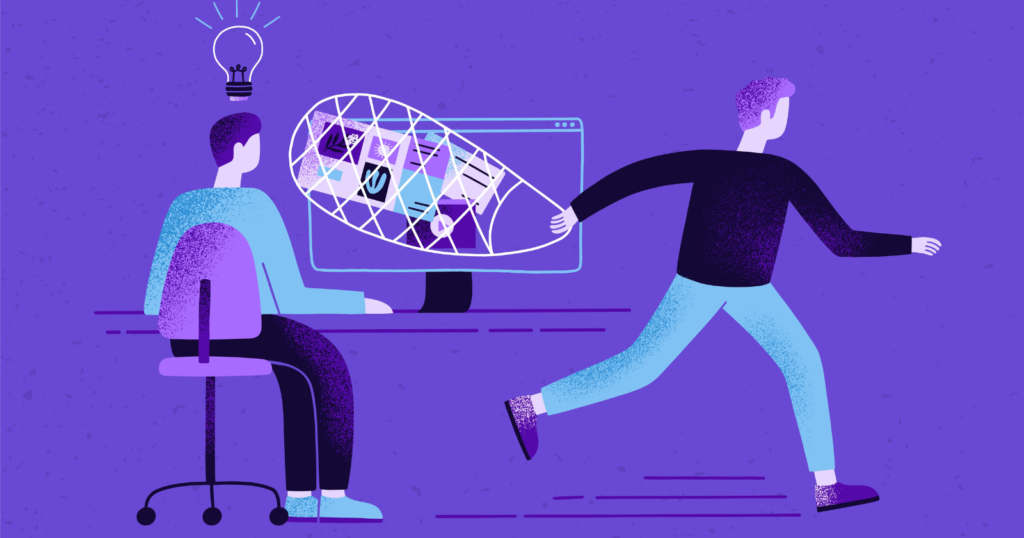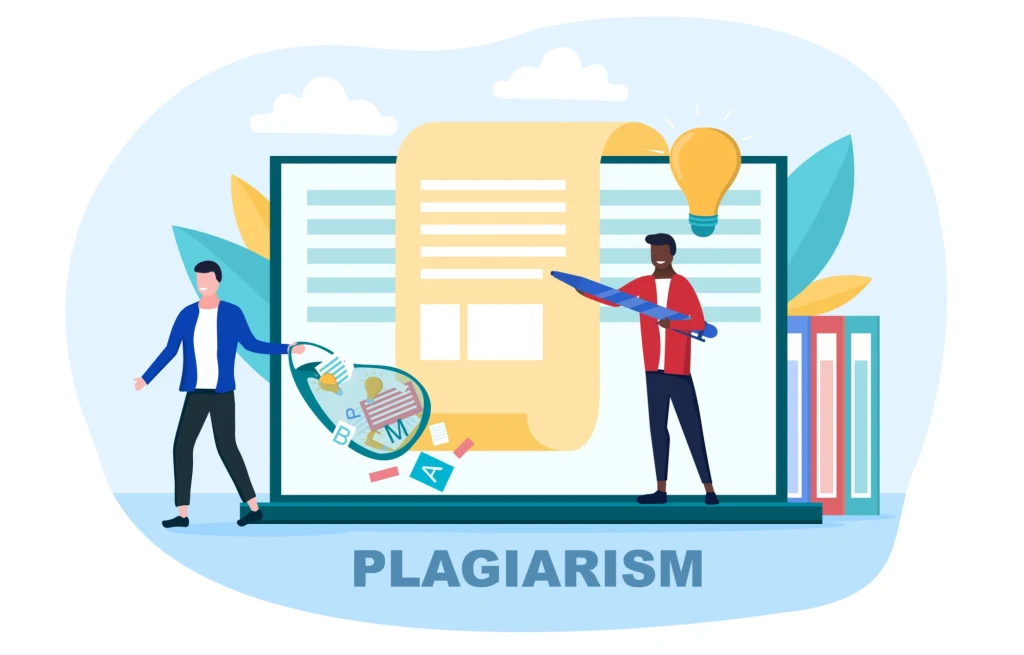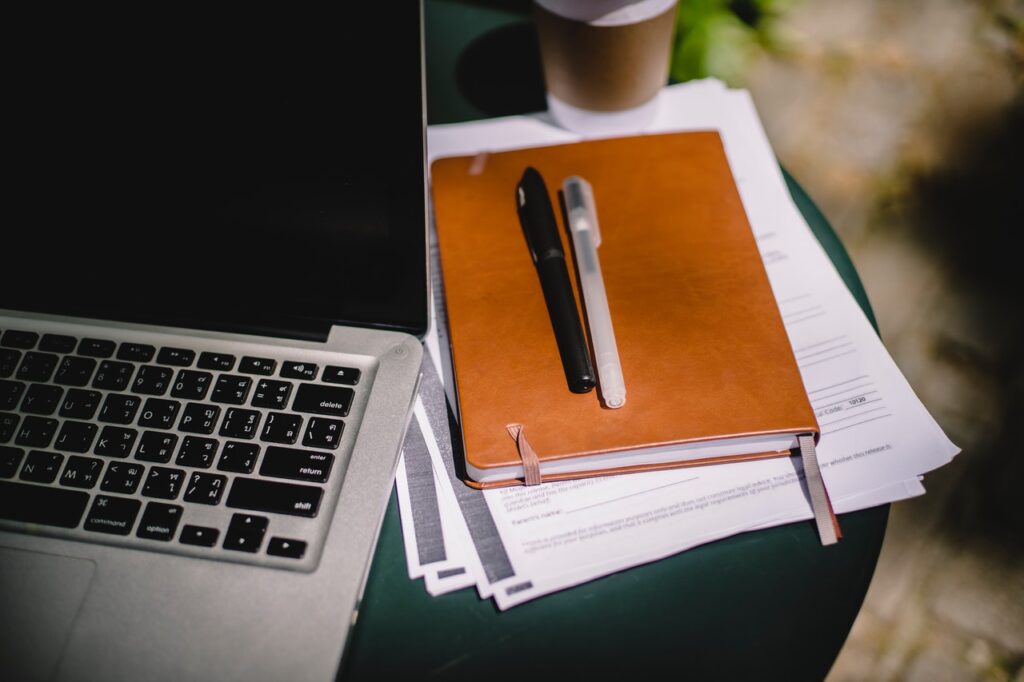A common complaint among educators today is how easily students can access information online and plagiarize. Technology has made it incredibly easy for learners to copy and paste entire paragraphs and sentences and present them as their own. Of course, plagiarism has been an issue in academia for a while, and most learners know it is wrong. However, most people do not fully understand digital plagiarism and how to avoid it. This article summarizes everything you should know.
What Is Plagiarism

Source: searchenginejournal.com
The practice of copying and pasting a project or an idea from an online resource without citing the source of that information is referred to as digital plagiarism. It happens when the core idea of a material thing is created similar to a part or entirety of another digital product. These include ebooks, essays, term papers, journal articles, graphics, music, digital calculators, and video content. Many students today write without thinking about the repercussions of copying other people’s work, making digital plagiarism a severe problem in academia.
The internet has created a tremendous demand for information, resulting in tremendous data flowing across the network. Today, hundreds of websites are being constructed daily as businesses continue to look for ways to digitize their operations. All these sites need writing content to interact with audiences. To meet the rising demand for creative content, some authors look for ways to produce articles speedily.
Some businesses and schools have made plagiarism a part of their writing guidelines, warning writers of the implications of such behavior. That said, plagiarists are finding new ways to make their work appear unique, introducing new challenges to universities and businesses.
Is Digital Plagiarism a Crime?
In general, plagiarism does not have any legal consequences unless the case entails the infringement of copyright. According to copyright laws, only the person who owns the material has the legal right to reproduce the material. Therefore, any copy created of the work, whether in part or full, results in copyright infringement. It means that the infringer is accountable for paying damages.
While plagiarism, in general, is not considered a legal offense if the content does not have any copyright. However, any plagiarism action is still considered an ethical offense, and the plagiarist may still face serious ramifications. For students, plagiarism may cause them to fail their grades or get suspended from the institution. Learning how to identify and avoid plagiarism is crucial in preventing digital plagiarism.
It is not viewed as a legal offense if the content contains no copyrights. However, any act of plagiarism is regarded as a significant ethical offense, and the plagiarist may face serious consequences. If you need help with your assignment, you can order custom writing from a reliable platform like Essay.org.
Combating Digital Plagiarism in Institutions
One cannot ignore the effect of digital plagiarism on higher education, which varies considerably. While plagiarism has always been a problem, digital technologies have worsened the situation and made it easier for people to cheat. Here are ways teachers and students can deal with plagiarism:
Teachers Should Clearly Define Plagiarism

Source: accreditedschoolsonline.org
The first step in preventing plagiarism is defining what plagiarism is and what accounts for acceptable collaboration. It is important to note that teachers and colleges worldwide define plagiarism differently. Teachers need to ensure that they are on the same page with their students regarding issues to do with academic integrity.
Teachers Should Offer Examples of Proper Citations
As a teacher, understand that students’ ideas become better when tested against other people’s ideas and thoughts. So, make sure you discuss ideas on tackling the assignments. You should give students examples of how to cite their sources and how to include other people’s works in their own texts without committing plagiarism.
Teachers Should Create Unique Assignments
Students are often tempted to duplicate work when teachers duplicate past tasks. According to evidence, the more unique a project, the less likely it is that students will find material from the internet or friends to submit as their own. Assignments with multiple perspectives and parts also reduce the chances of plagiarism. You can also ask students to provide rough drafts of their work, showing how they did their research and arrived at the final documents.
Students Should Cite Their Sources

Source: citemaster.net
Students can avoid plagiarism by citing the sources they use when writing academic papers. When referring to an idea that is not your own, you need to add citations within the text to identify the full name and details of your initial source. This is a way of giving credit to the initial author while allowing your readers to check the authenticity of your claims. You will have to stick to the requirements of your writing style when citing sources.
Students to Use Quotations or Paraphrases
Students can also avoid plagiarism in their academic writing by using quotations to refer to information they get from other sources. This is when students insert the piece of information in their work verbatim. While quotations are good at presenting information accurately without changing meaning, one should not overuse them. Having too many quotations in your paper shows a limited ability to reason and seamlessly integrate evidence into your writing.
Unlike quotations, paraphrasing allows you to borrow ideas and evidence but ensures you integrate the material into your work using your own words. Paraphrasing entails rewriting the information from the source in your own words without altering the meaning. However, if not done well, paraphrasing can quickly slip into plagiarism. You need to reword and format the text in your own way, citing sources to give tribute to the original author.
The Bottom Line
Plagiarism is a heavy offense in academia, and college students need to be warned of the ethical and academic implications of copying other people’s ideas and works without authorization. Many tools are available for teachers to detect and prevent this form of academic dishonesty. On the other hand, students should write their own papers from scratch and give credit whenever they use other people’s studies and ideas to support their analyses.



